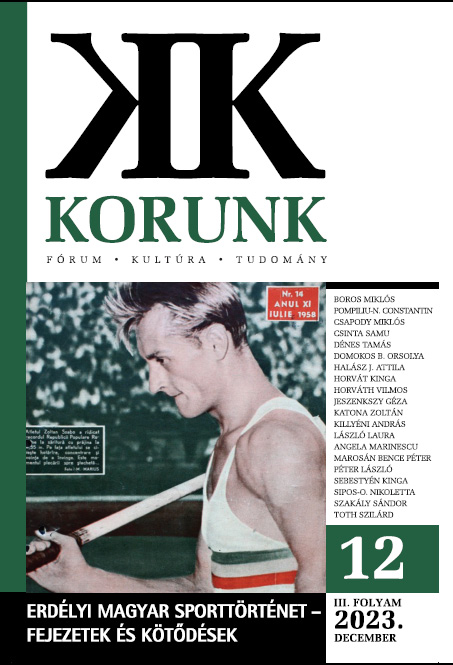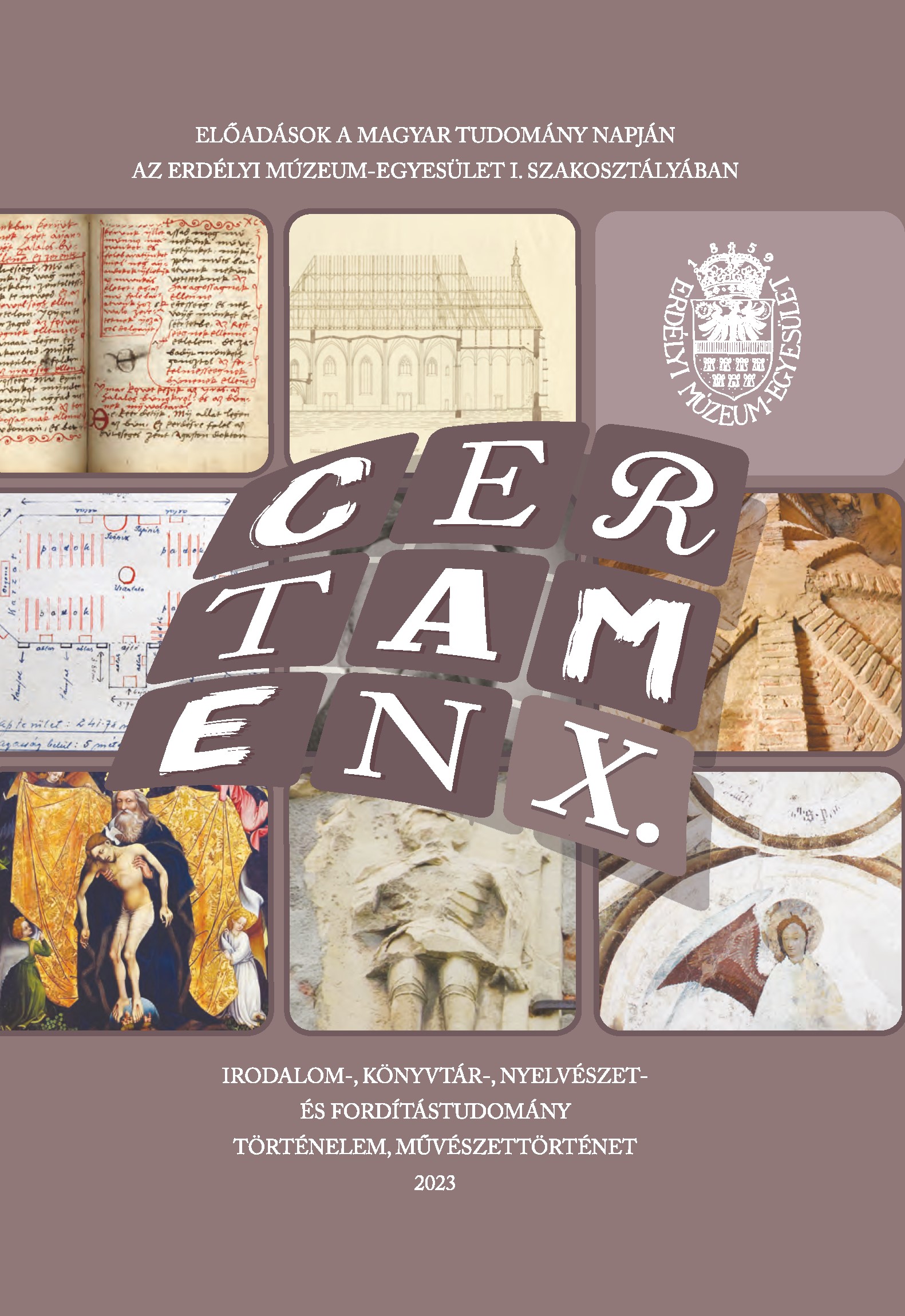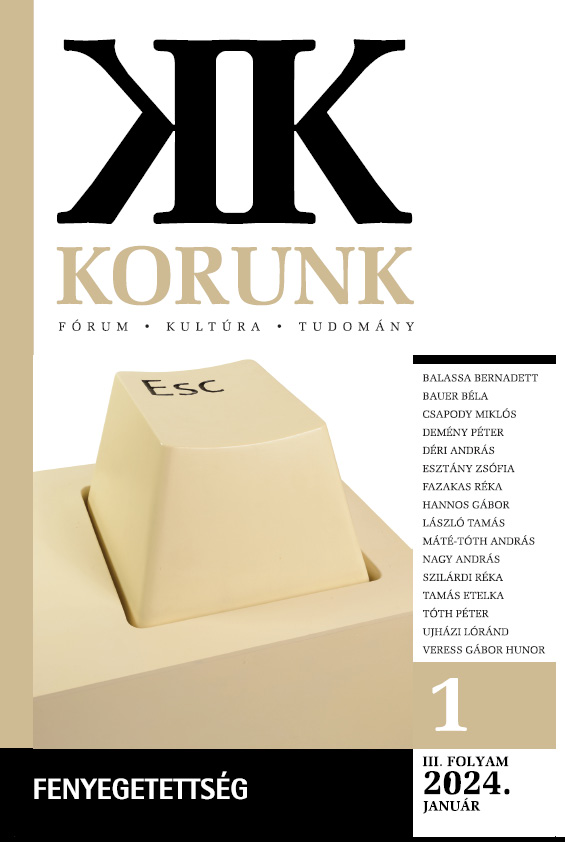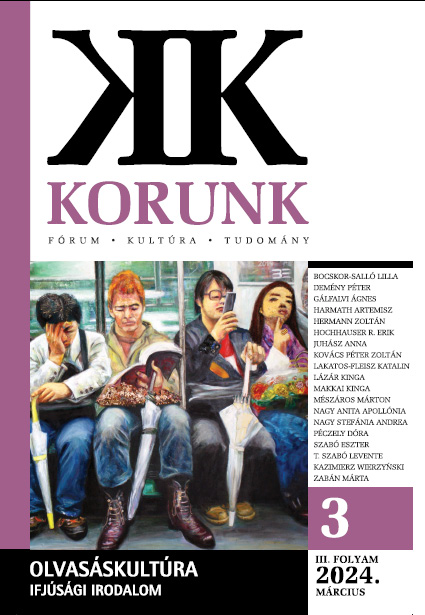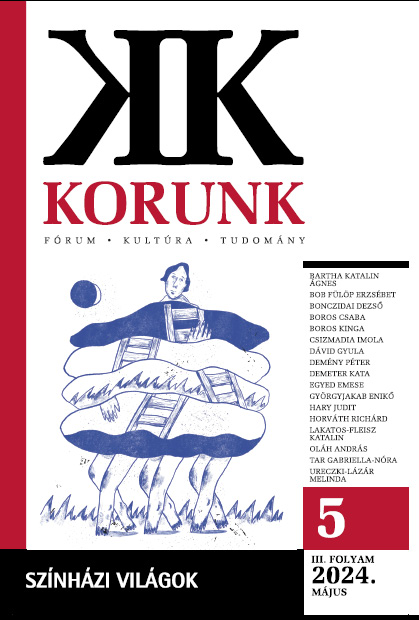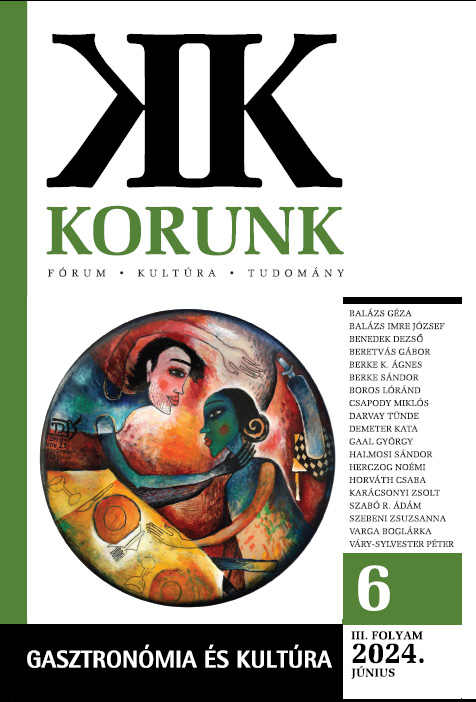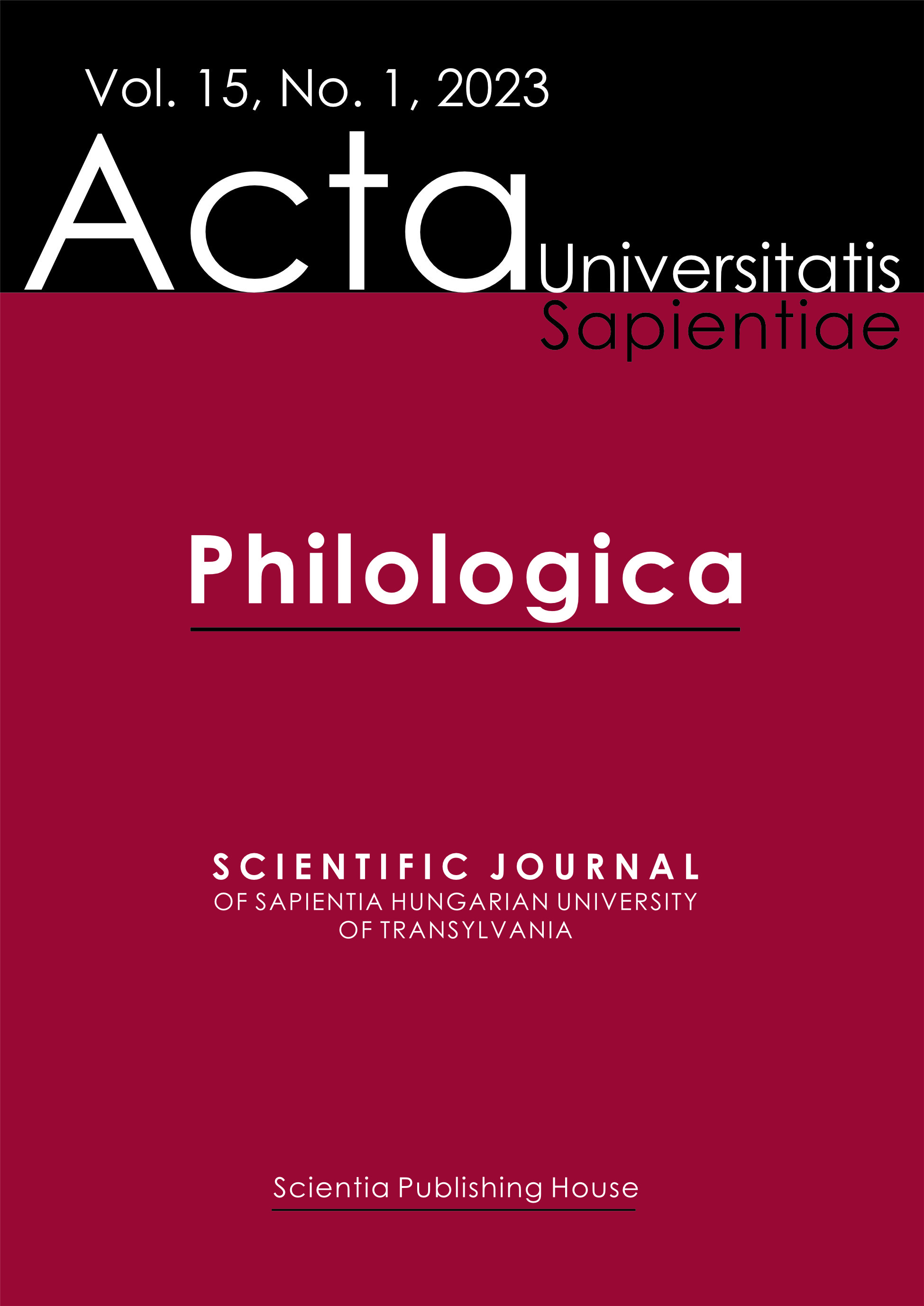
The Topos of Journey in Antal Szerb’s Novel Journey by Moonlight
The topos of journey in literature is anything but contemporary, it dates back to Homer who in the Odyssey first developed the idea incorporated into a literary work on the subject. The themes of journey, of nostalgia and restlessness, present in the Odyssey as a guiding principle and driving force, can also be found in Antal Szerb’s Journey by Moonlight. From the very beginning, from how the main character of the novel, Mihály, introduces his trip to Italy, it is clear that it cannot be a conventional journey but one towards the discovery of himself. He arrives in Venice, a unique city because it is close to the border which divides Central and Eastern Europe from Western Europe, yet it presents the essence of Italian life. It is no coincidence that Mihály, although he embarks on his honeymoon with the confidence of a newlywed, is immediately thrown out of his peace of mind, and his psychological drama begins. He is given the chance to get away from a domestic atmosphere laden with norms and expectations, and the Italian trip, with its strong exoticism, offers him a taste of a different kind of existence, away from ordinary life, and becomes the road to and for self-understanding.
More...
